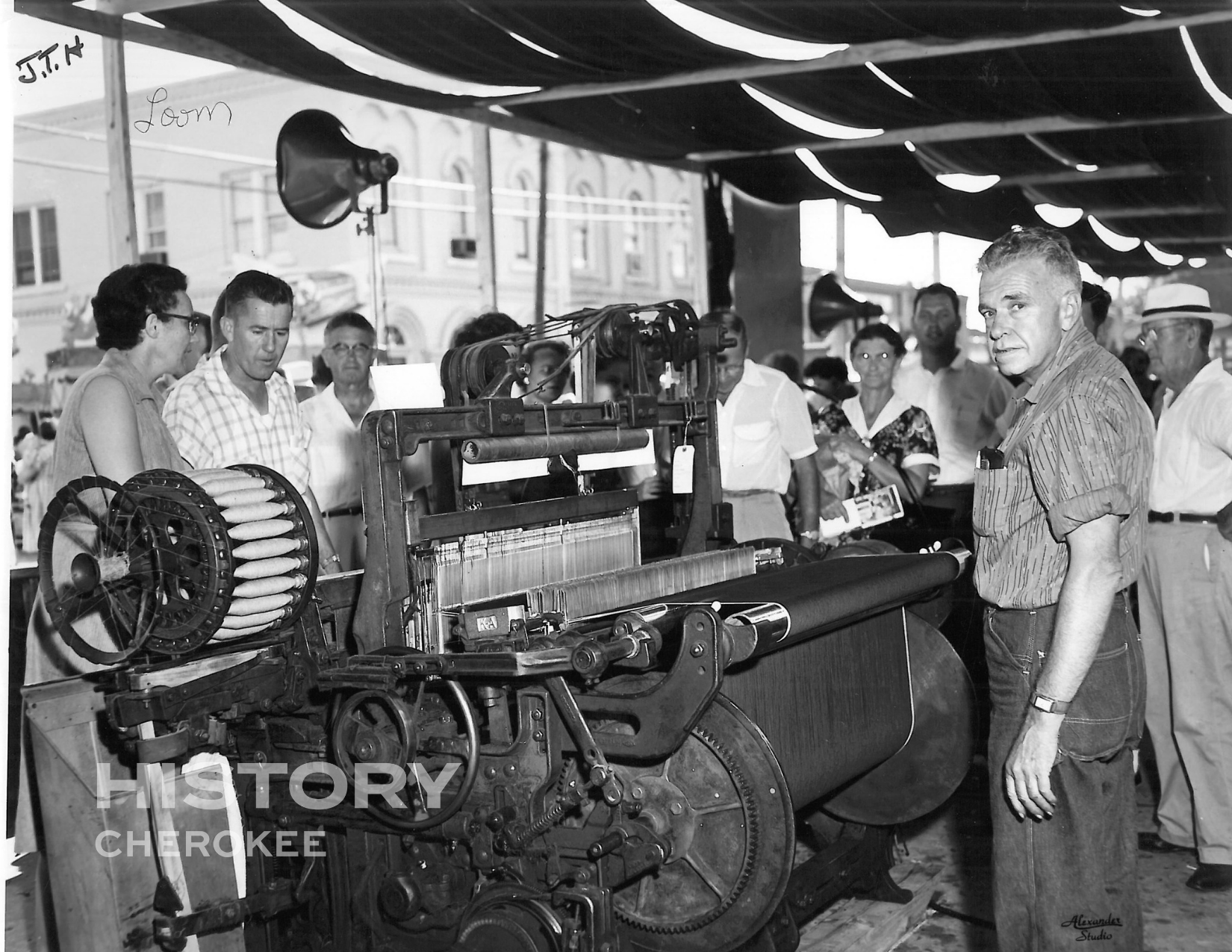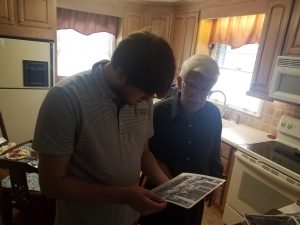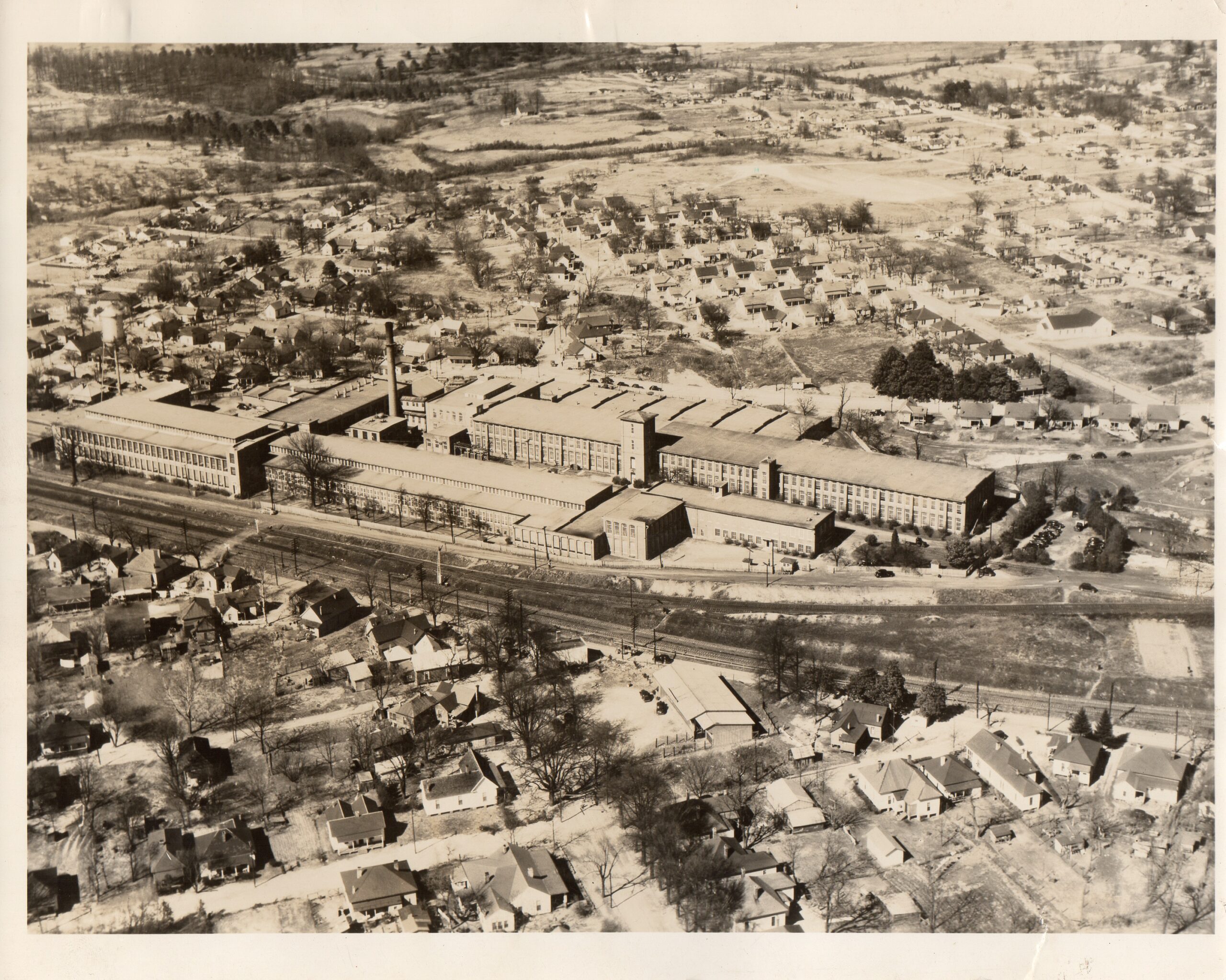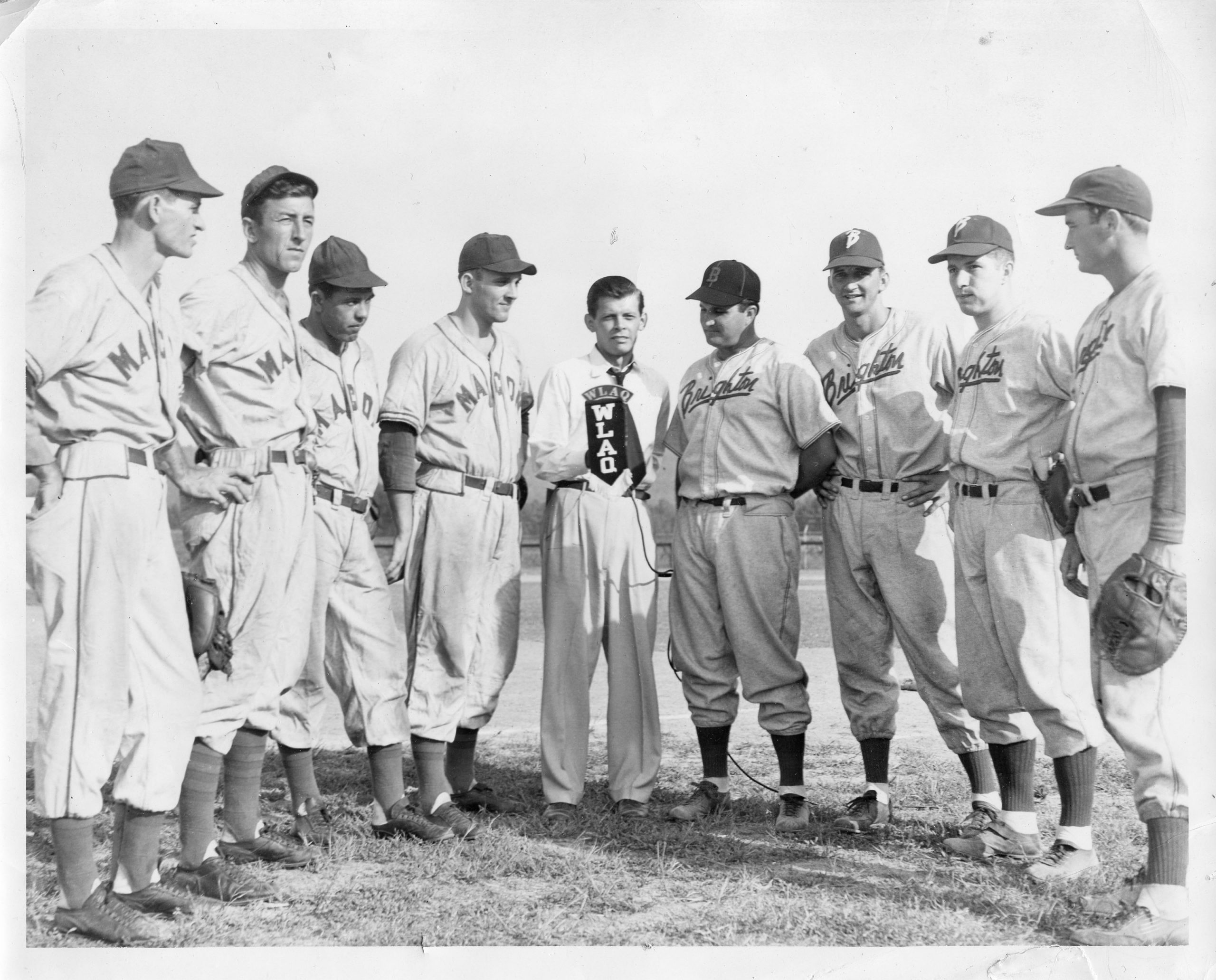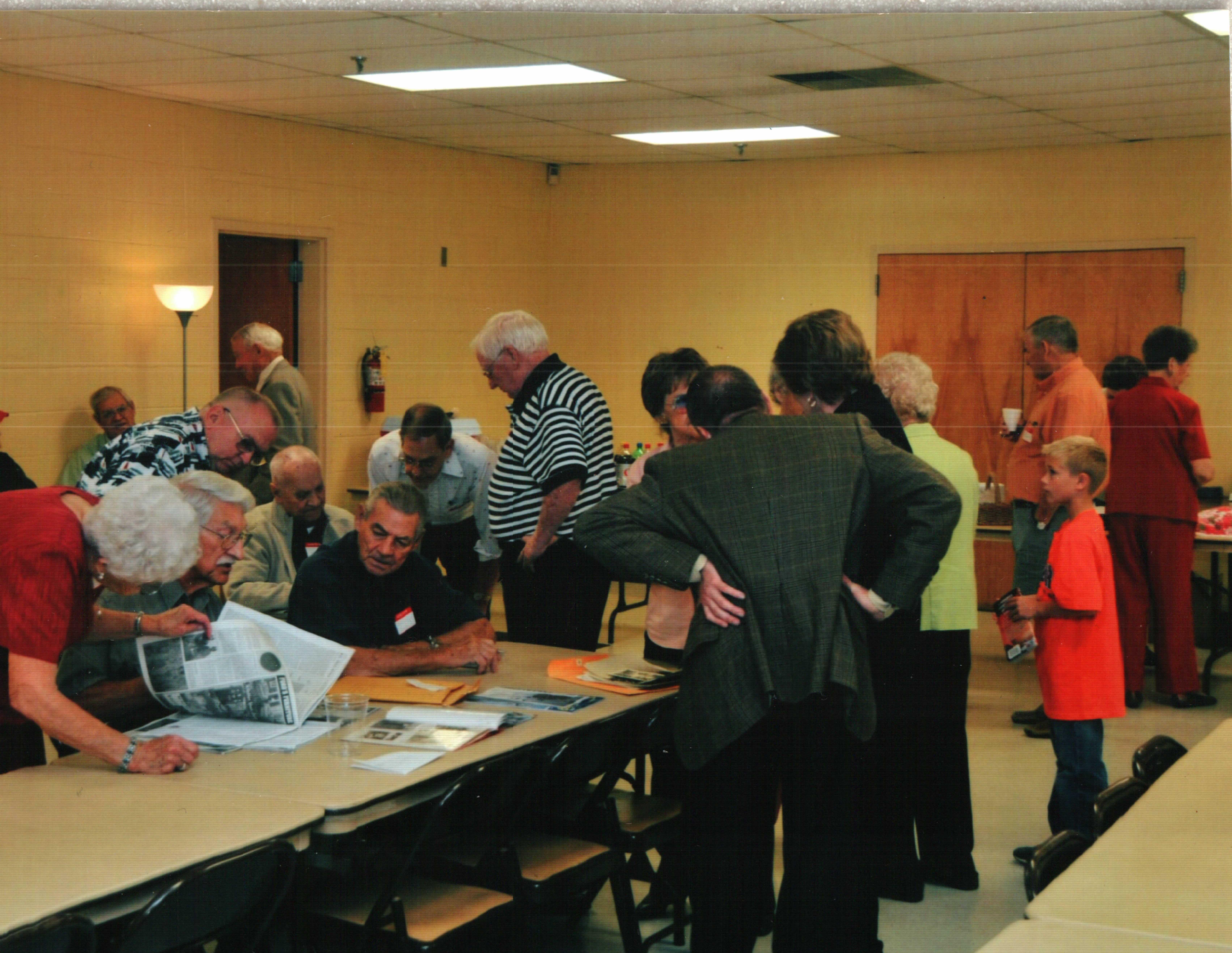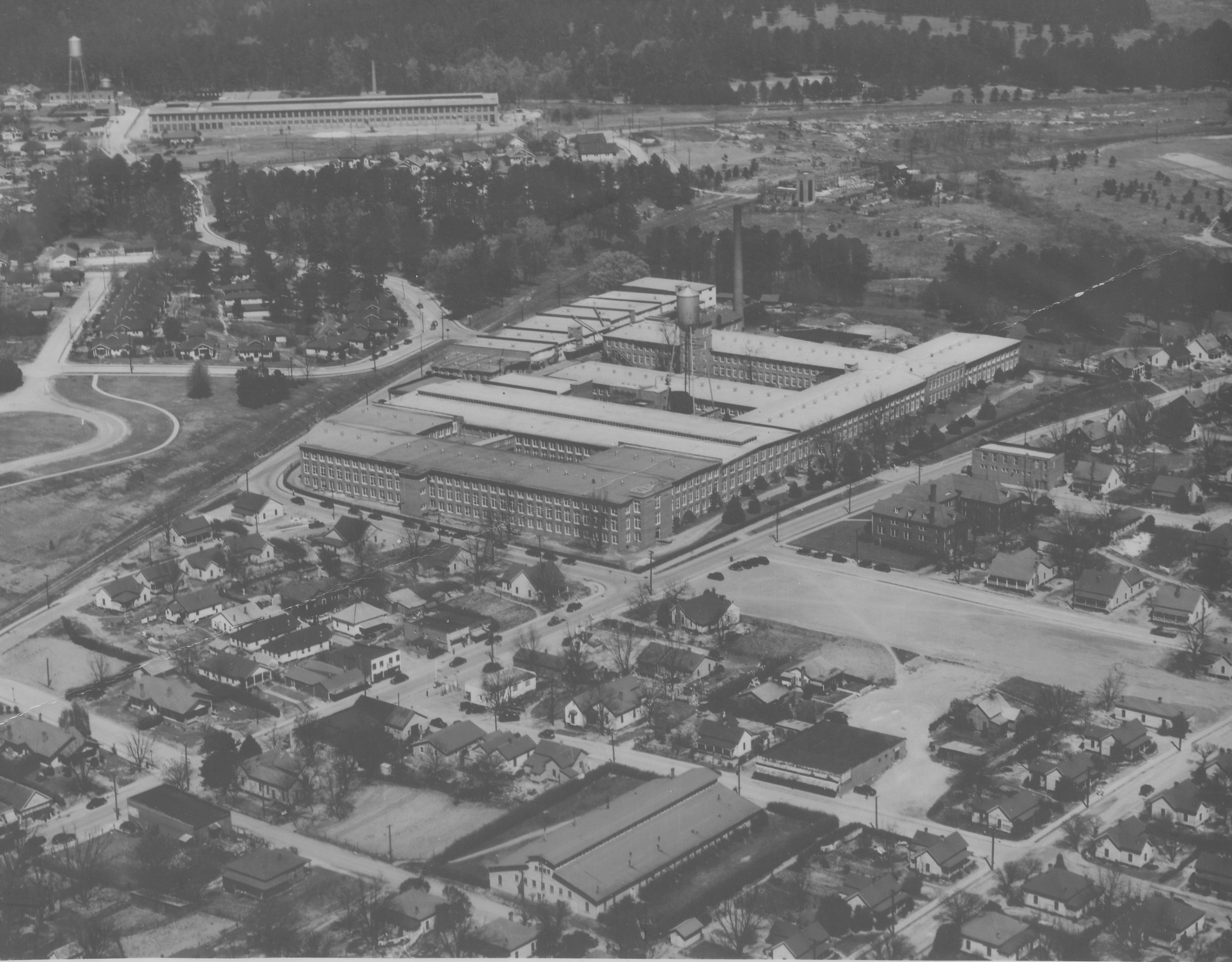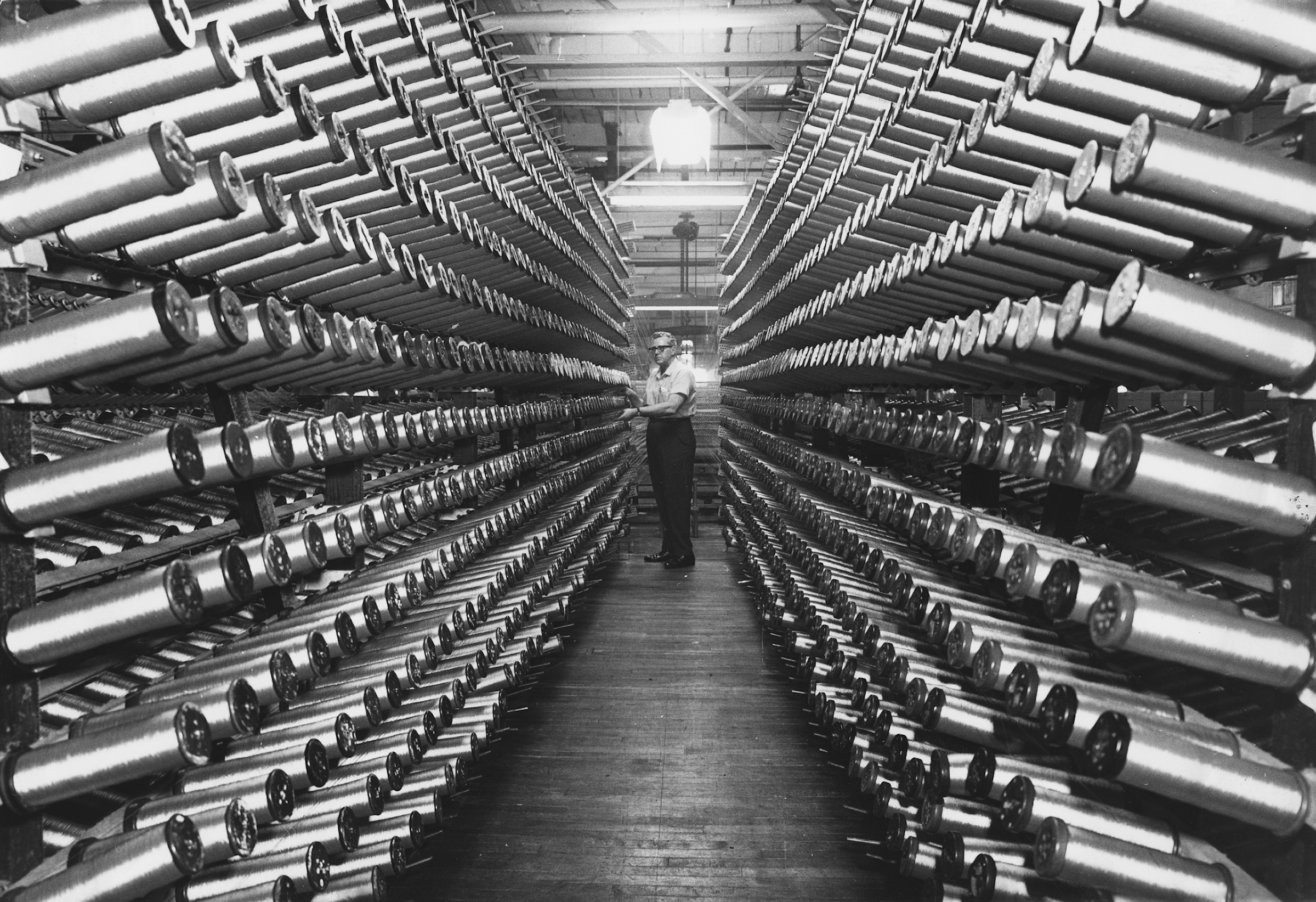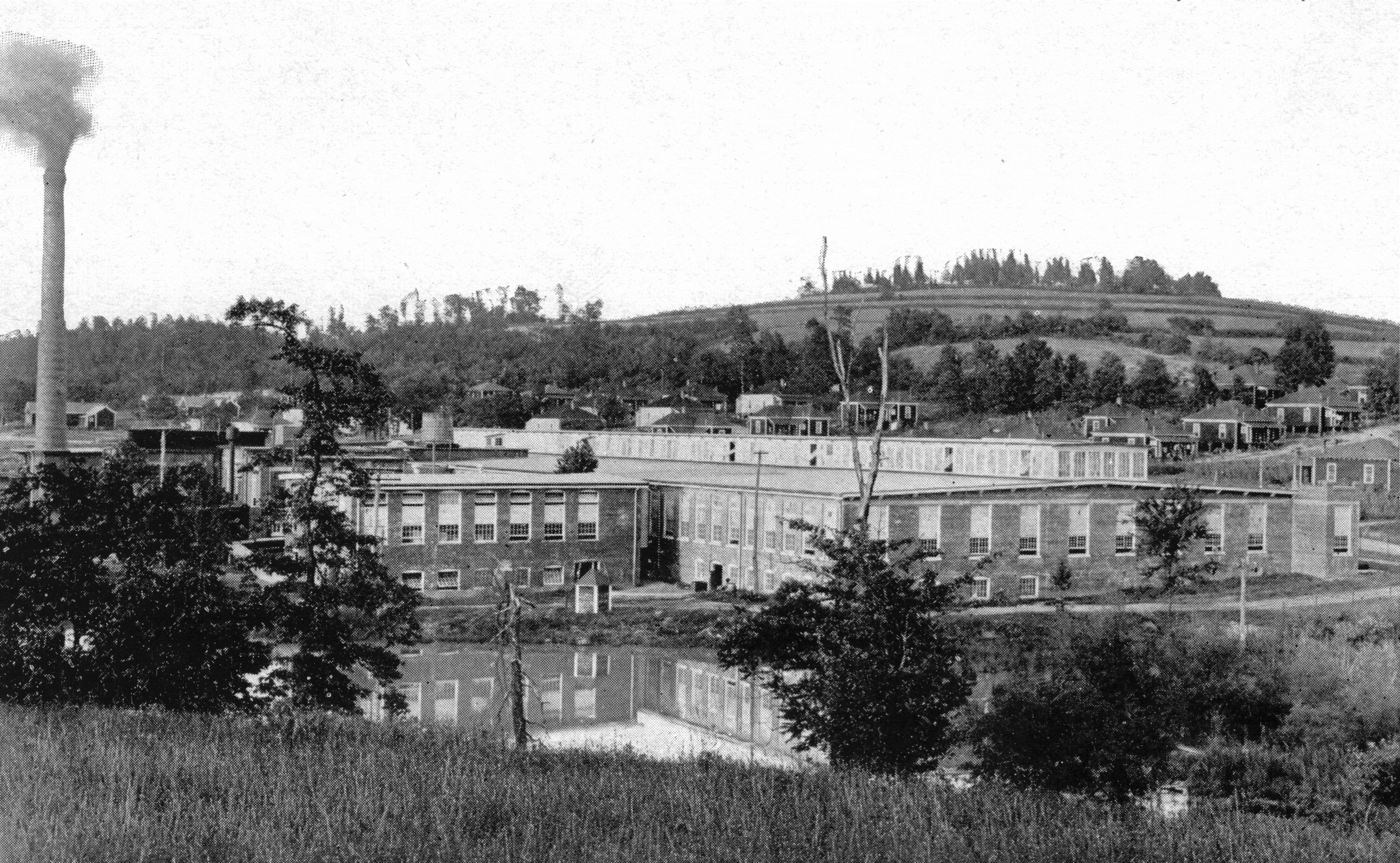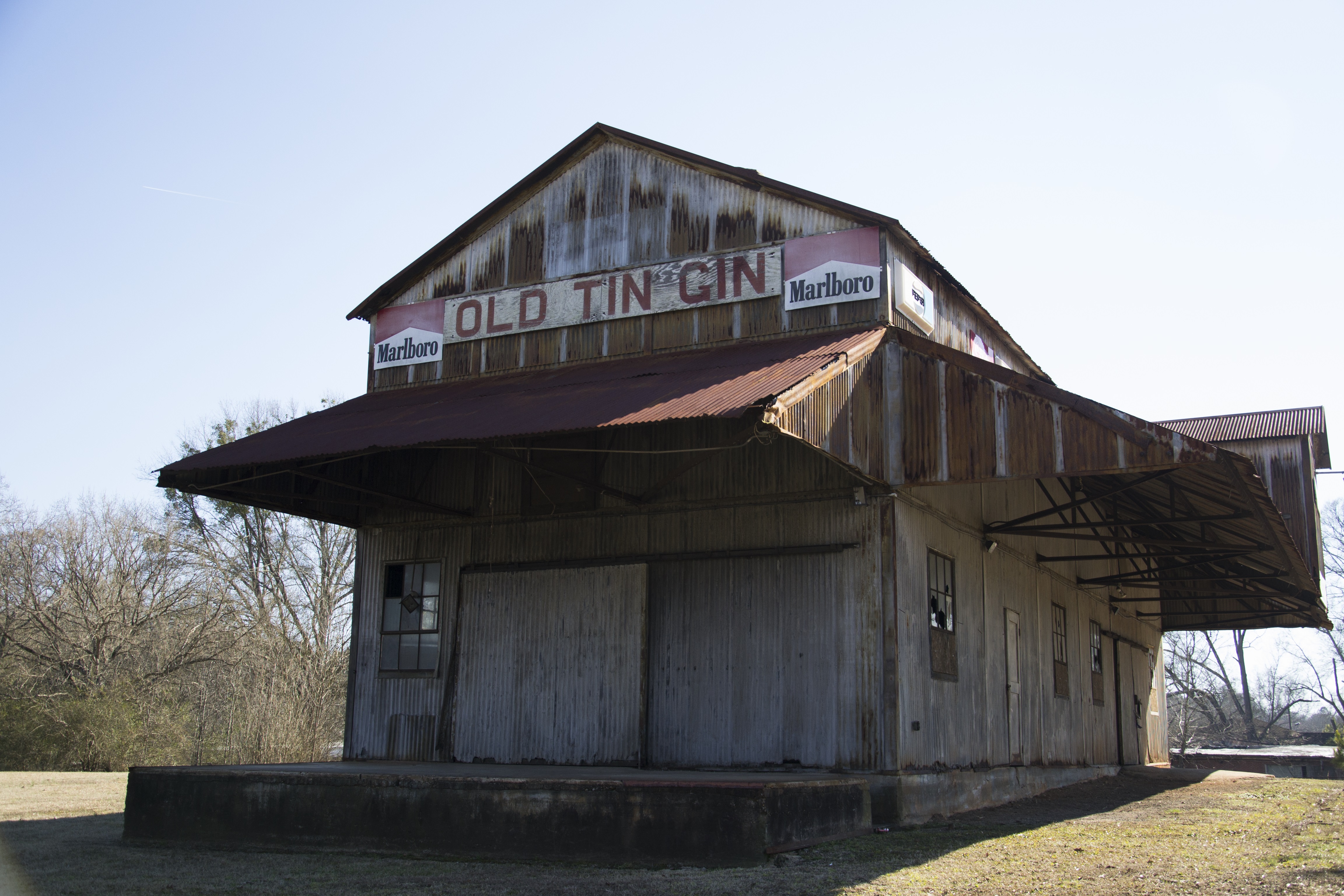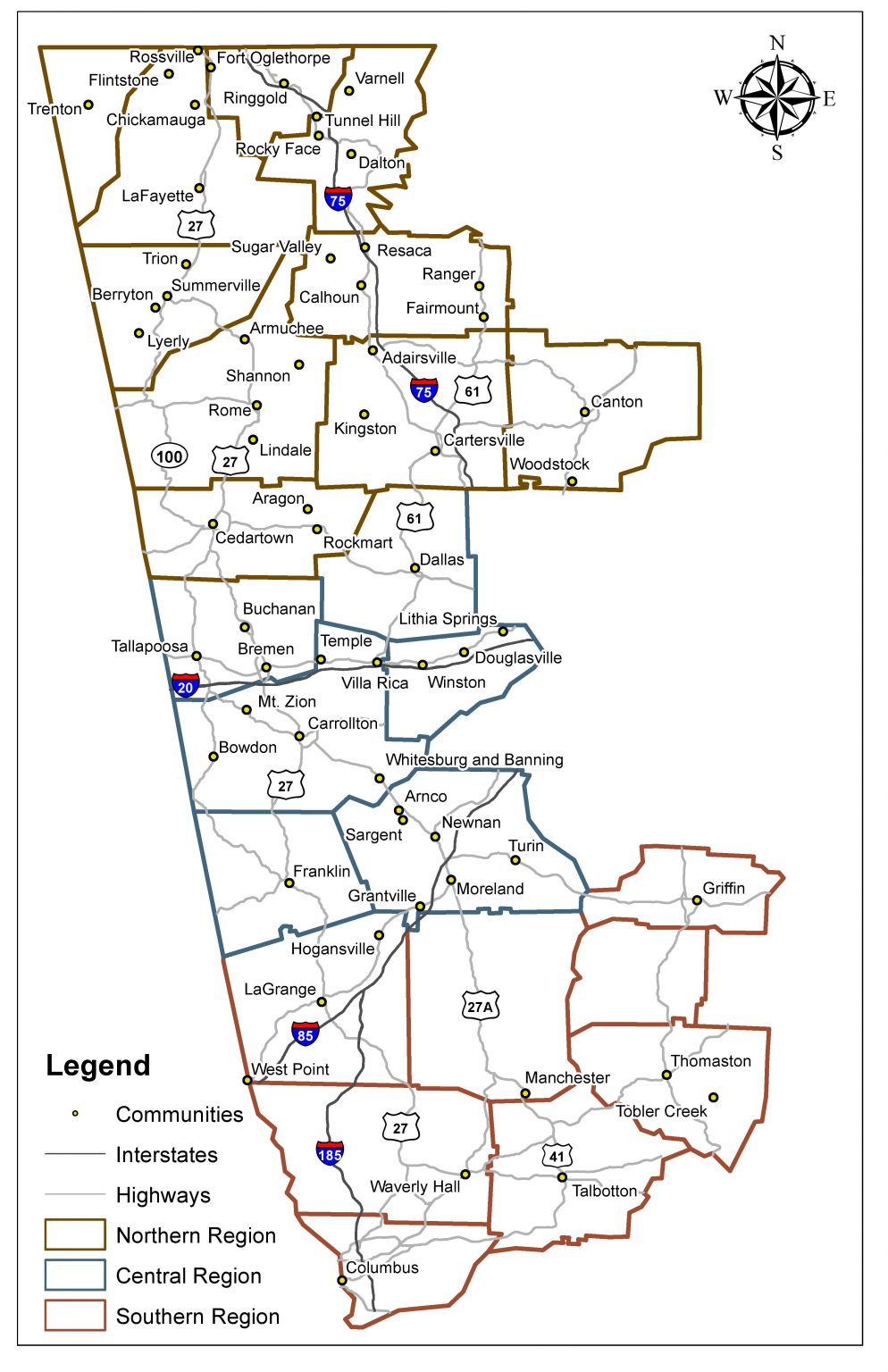The textile industry touches us all. Our region of west and northwest Georgia, spanning from Dalton to Columbus, has been a powerhouse of textile production since the 1840s. These mills and plants transformed families, livelihoods, and communities.
Follow along the U.S. Highway 27 corridor and adjacent counties to hear community stories, visit local exhibits and archives, and explore historic textile buildings while enjoying Georgia’s small-town life through local shops and restaurants. These historic communities played a regional and sometimes national role in the cotton, hosiery, apparel, chenille, and carpet industries.
Find your adventure and discover your connections on the West Georgia Textile Heritage Trail!
